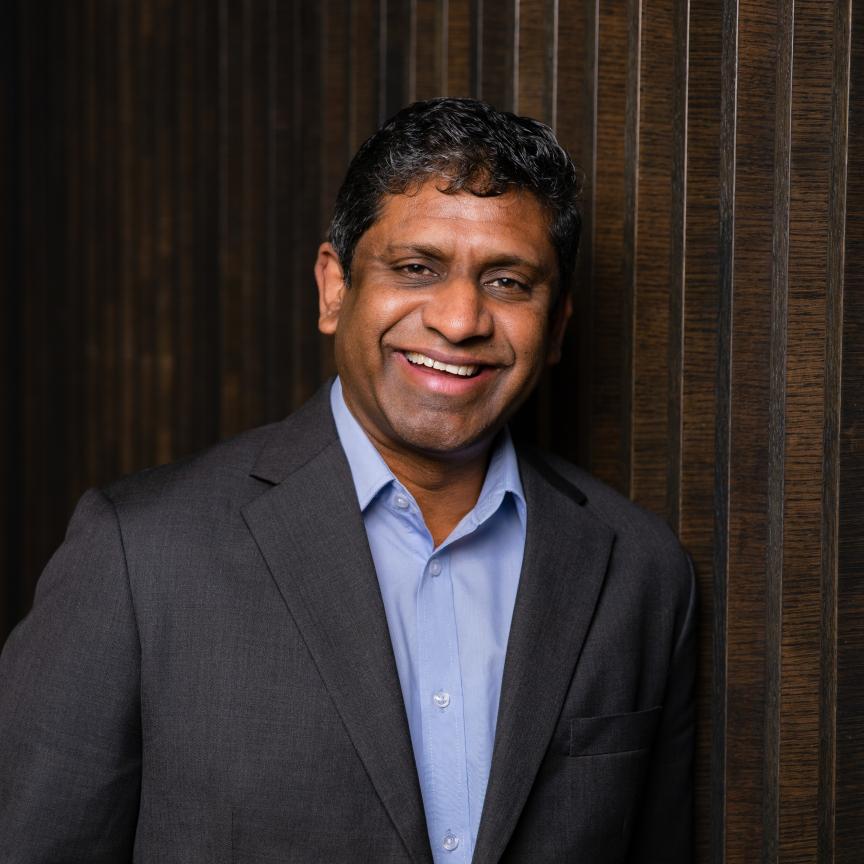Zayo is to deploy a new diverse subsea cable route named ‘Zeus,’ connecting the UK to mainland Europe.
The highly fortified, hybrid, ultra-low-loss (ULL) cable will run parallel but diverse to the company’s existing Circe North subsea route, directly connecting the UK to mainland Europe via Lowestoft, in the UK and Zandvoort, in the Netherlands.
This could provide an upgrade in capabilities, with a potential capacity of more than 4,000Tb/s. Zayo says that the project will adhere to the highest engineering and sustainability standards, with measures in place to ensure low emissions. These include the selection of a DEME Group Living Stone vessel powered by dual-fuel capabilities for installation of the marine cable. The vessel will also use biodegradable grease and oil in addition to heat recuperation to decrease fuel consumption, and minimise carbon dioxide, nitrogen oxide and sulphur oxide emissions.
In addition, to mitigate the impact of accidental damage from humans - which the International Cable Protection Committee estimates to take place between 100 and 200 times per year, the cable will have a target burial depth of two to three metres below the surface of the sea bed, providing enhanced protection and increased service availability. Hexatronic's high-fibre-count cable has been selected for the project, which includes high-capacity 192 fibre, 100 per cent double armoured cable with increased crush resistance and ULL fibre technology, for additional resilience.
Jesper Aagaard, president of Zayo, Europe commented: ‘The deployment of the subsea Zeus route demonstrates our commitment to expanding our network footprint in Europe while also providing high-quality, essential connections for customers between key global markets. This investment will support the steep rise in global demand for bandwidth and capacity in data use and transfer across multiple sectors, primarily driven by a shift towards cloud services and the rapidly expanding number of networked devices and connections.
Marine operations will begin in August and it is anticipated that the cable will be operational by the end of the first quarter of 2022.


